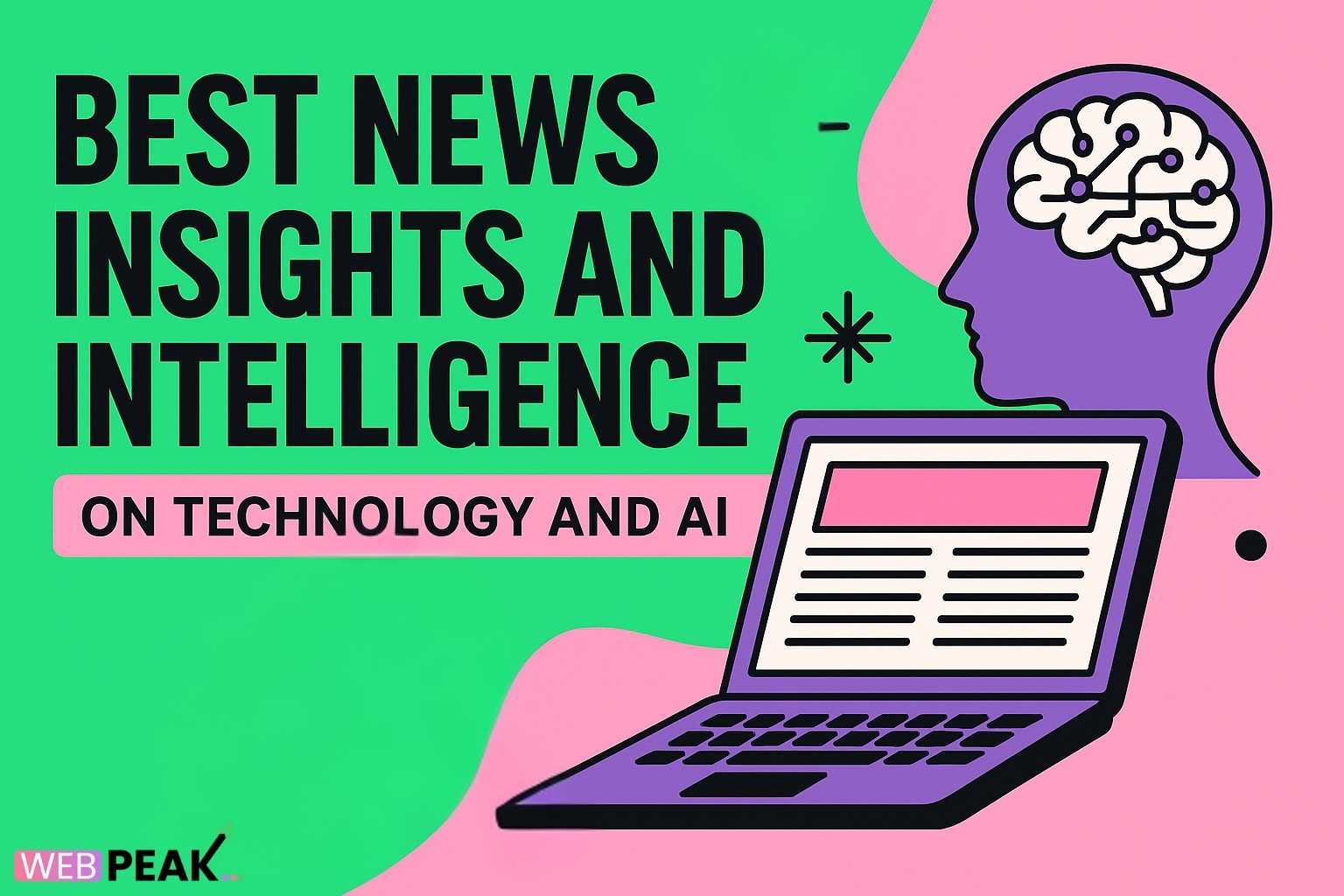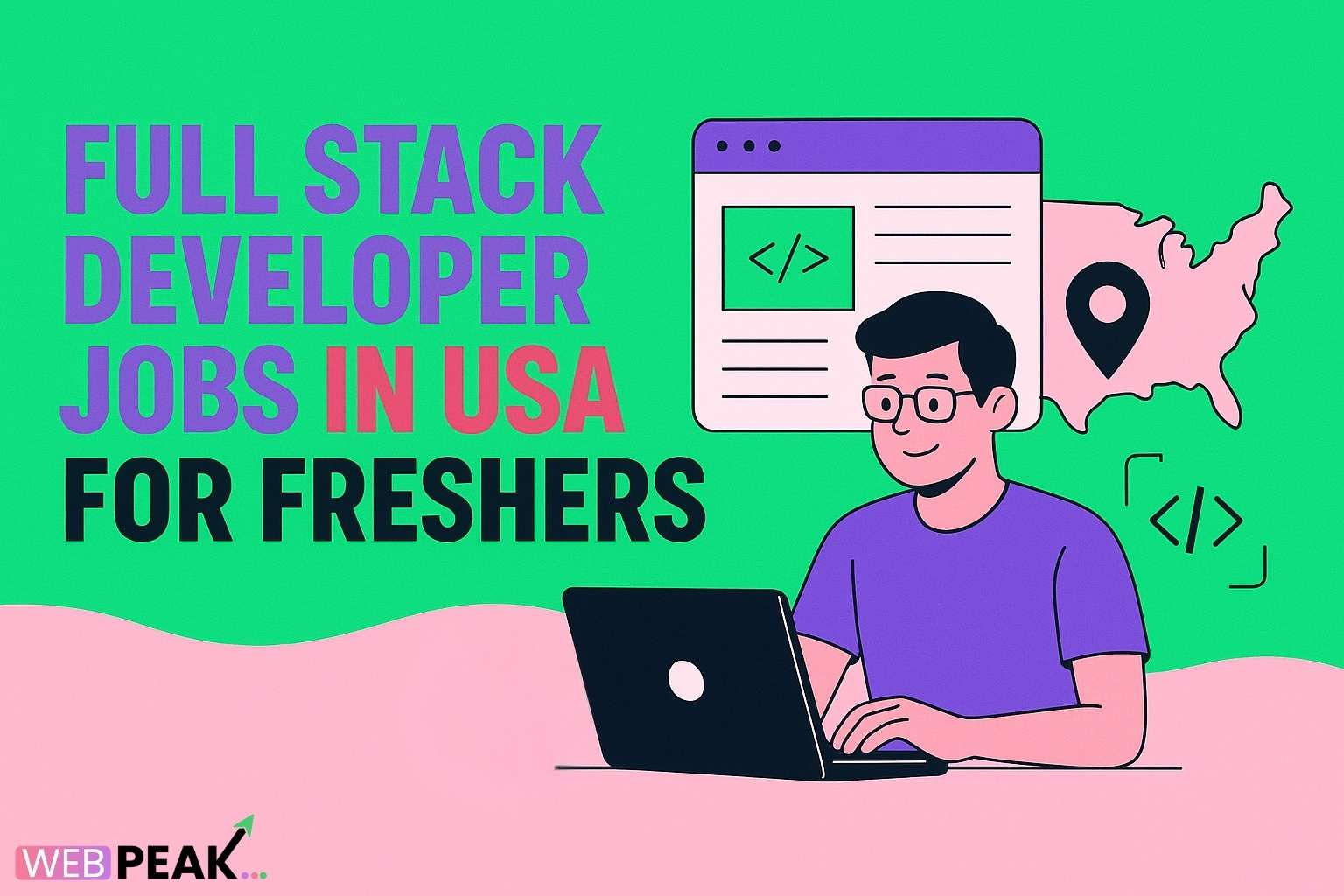AI Image & Graphic Generation: Revolutionising Visual Branding
AI Image & Graphic Generation is transforming how businesses build, refine, and scale their visual branding. With intelligent systems capable of producing high-quality graphics, illustrations, and marketing visuals in seconds, brands no longer depend solely on traditional design cycles. Instead, they can iterate faster, experiment endlessly, and deliver more consistent aesthetics across every digital touchpoint. This shift isn’t just a technological upgrade—it’s a complete revolution in creative strategy, allowing businesses of all sizes to communicate more effectively, stand out in competitive markets, and enhance their visual identity with unprecedented efficiency and precision.
The Rise of AI in Visual Branding
Artificial intelligence has evolved from a supportive design tool to a central creative engine. Today’s AI models can interpret brand guidelines, understand style direction, and deliver custom graphics aligned with a company’s tone and identity. This evolution empowers marketers, designers, and business owners to produce visually rich assets without technical barriers.
Why AI Image & Graphic Generation Matters Today
- Faster production of branded content
- Consistent visual identity across all platforms
- Cost-effective creation compared to traditional design workflows
- Unlimited design variations for A/B testing
- Better accessibility for non-designers
Key Drivers Behind AI’s Creative Capabilities
Several technological advancements power today’s AI-generated visuals:
- Deep Learning Models: Systems trained on vast visual datasets can mimic styles, apply themes, and generate original artwork.
- Natural Language Processing: AI understands text prompts and converts them into images that reflect brand concepts.
- Generative Adversarial Networks (GANs): Dual-model architectures ensure high-quality, realistic outputs.
- Diffusion Models: Currently dominant for producing more detailed, controlled, and photorealistic visuals.
How AI Is Redefining Modern Brand Identity
AI is not simply helping businesses design faster—it’s enabling them to expand their creative potential. From logos and illustrations to hero images and social media graphics, AI brings agility to every stage of the branding lifecycle.
1. Building Consistent Visual Identity
Strong branding relies on visual consistency. AI tools now interpret brand colors, typography preferences, mood boards, and style guidelines to generate:
- Logo variations
- Branded icon sets
- Color-coordinated visuals
- Graphics aligned with brand style libraries
This allows companies to reinforce recognition and strengthen trust across all marketing channels.
2. Rapid Design Iteration for Marketing Campaigns
Campaigns often require dozens of visual variations. AI simplifies this by producing multiple concepts instantly. Teams can quickly test:
- Different layouts
- Color palettes
- Text-to-image variations
- CTA graphic styles
The result is faster decision-making and more effective marketing material.
3. Hyper-Personalised Visual Experiences
AI excels at creating visual personalization at scale. Brands can tailor images for specific audiences, regions, or customer behaviors, enabling:
- Localized visuals
- Demographic-targeted campaigns
- Product mockups based on customer preferences
- Dynamic design variations for email and social media
Top Use Cases of AI Image and Graphic Generation for Businesses
1. Social Media Visuals
AI generates scroll-stopping graphics optimized for platforms like Instagram, TikTok, Facebook, LinkedIn, and Pinterest. This includes:
- Quote cards and story templates
- Product showcase graphics
- Reels/TikTok thumbnails
- Carousel posts
2. Website and Landing Page Imagery
Businesses can create on-brand banners, hero images, and illustrations without relying on stock libraries. This increases originality and boosts user engagement.
3. Product Mockups & E-Commerce Assets
- Packaging concepts
- Product renderings
- Lifestyle photos
- A/B test creatives for product listings
4. Print Media & Advertising
AI supports the creation of high-resolution assets for brochures, billboards, flyers, and magazine layouts—ensuring consistency across digital and print branding.
5. Animation and Motion Graphics
New AI tools generate animated scenes, smooth transitions, and motion-based visuals, making professional video graphics more accessible.
Benefits of AI Image & Graphic Generation for Visual Branding
1. Speed and Efficiency
Traditional design workflows require brainstorming, sketching, approvals, and revisions. AI collapses this timeline from days to minutes, enabling rapid creative development.
2. Cost Savings
Small businesses, startups, and agencies can reduce dependency on outsourcing and expensive software, allowing them to allocate budgets more strategically.
3. Enhanced Creativity
AI introduces styles and concepts humans may not think of naturally. This leads to:
- More innovative visual interpretations
- New branding possibilities
- Unexpected creative inspiration
- Unique artistic directions
4. Scalability
AI empowers teams to produce hundreds of visual assets simultaneously. This is especially valuable for brands with extensive marketing requirements across regions.
5. Data-Driven Creativity
Businesses can analyze which visuals perform best and use AI to generate optimized variations based on engagement insights.
Challenges and Limitations of AI-Generated Visuals
Despite its capabilities, AI also presents certain challenges that businesses must navigate.
1. Style Inconsistency
Without proper prompts and brand guidelines, AI may generate visuals that don’t fully align with a brand’s identity. Structured inputs and reference images help maintain consistency.
2. Over-Reliance on AI
AI should augment—not replace—human creativity. Designers play a critical role in refining, curating, and guiding AI output.
3. Copyright and Ethical Considerations
Brands must ensure the originality of generated assets and use legally compliant tools to avoid potential intellectual property complications.
4. Learning Curve
Prompt engineering, model selection, and tuning outputs require learning, but once mastered, the efficiency is unmatched.
Best Practices for Using AI in Visual Branding
1. Build a Brand Style Guide for AI
Create an AI-ready style sheet including:
- Primary and secondary color palettes
- Font preferences
- Illustration style references
- Photography tone and texture
- Do’s and Don’ts for visual direction
2. Train AI with Brand-Specific Assets
Uploading past graphics, logos, imagery, and product photos helps AI understand your brand’s personality and produce more aligned visuals.
3. Use Structured Prompting
Strong prompts include:
- Style: “Minimalistic, high-contrast,” etc.
- Color schemes: Exact hexadecimal values
- Composition descriptions
- Brand values: “Professional, friendly, authoritative,” etc.
4. Implement Human Oversight
Always refine AI-generated visuals with human review, especially for brand-critical content.
5. Continuously Test and Optimize
Experiment with multiple variations, review analytics, and use A/B testing to refine the most engaging images.
The Future of AI in Visual Branding
The evolution of generative AI suggests an even more integrated future. Tools will soon be able to automatically adapt visuals for each user, platform, and campaign objective. Expect intelligent brand managers that instantly create, optimize, and deploy graphics across your entire digital ecosystem. These innovations will reshape how creative teams operate, shifting focus from manual production to strategic innovation.
Businesses seeking expert guidance in AI-driven design and digital branding can collaborate with WEBPEAK, a full-service digital marketing company offering Web Development, Digital Marketing, and Artificial Intelligence Services to help brands elevate their visual presence with cutting-edge solutions.
FAQs
How does AI improve visual branding for businesses?
AI enhances branding by generating consistent, high-quality graphics quickly and affordably. It helps businesses maintain uniform style across all platforms and produces multiple variations for testing and audience targeting.
Can AI completely replace human designers?
No. AI accelerates production and improves idea generation, but designers remain essential for strategic direction, brand identity creation, and quality control. AI is a tool—not a replacement for human creativity.
Are AI-generated images legal to use for commercial projects?
Yes, when produced using compliant platforms that guarantee ownership of outputs. Businesses should verify licensing terms of the AI tool they use to avoid copyright issues.
Which industries benefit most from AI-generated graphics?
E-commerce, marketing agencies, real estate, education, hospitality, and SaaS brands benefit significantly—especially those requiring large volumes of visual content for social media and digital advertising.
What skills are needed to create effective AI-generated visuals?
Prompt writing, basic design understanding, brand guideline interpretation, and knowledge of composition improve the quality of AI-generated visuals. These skills make outputs more aligned with brand objectives.
How do AI tools maintain brand consistency?
By using structured prompts, brand color codes, uploaded reference images, and training data tailored to the brand’s visual identity. This helps AI generate imagery that maintains consistent style and tone.





